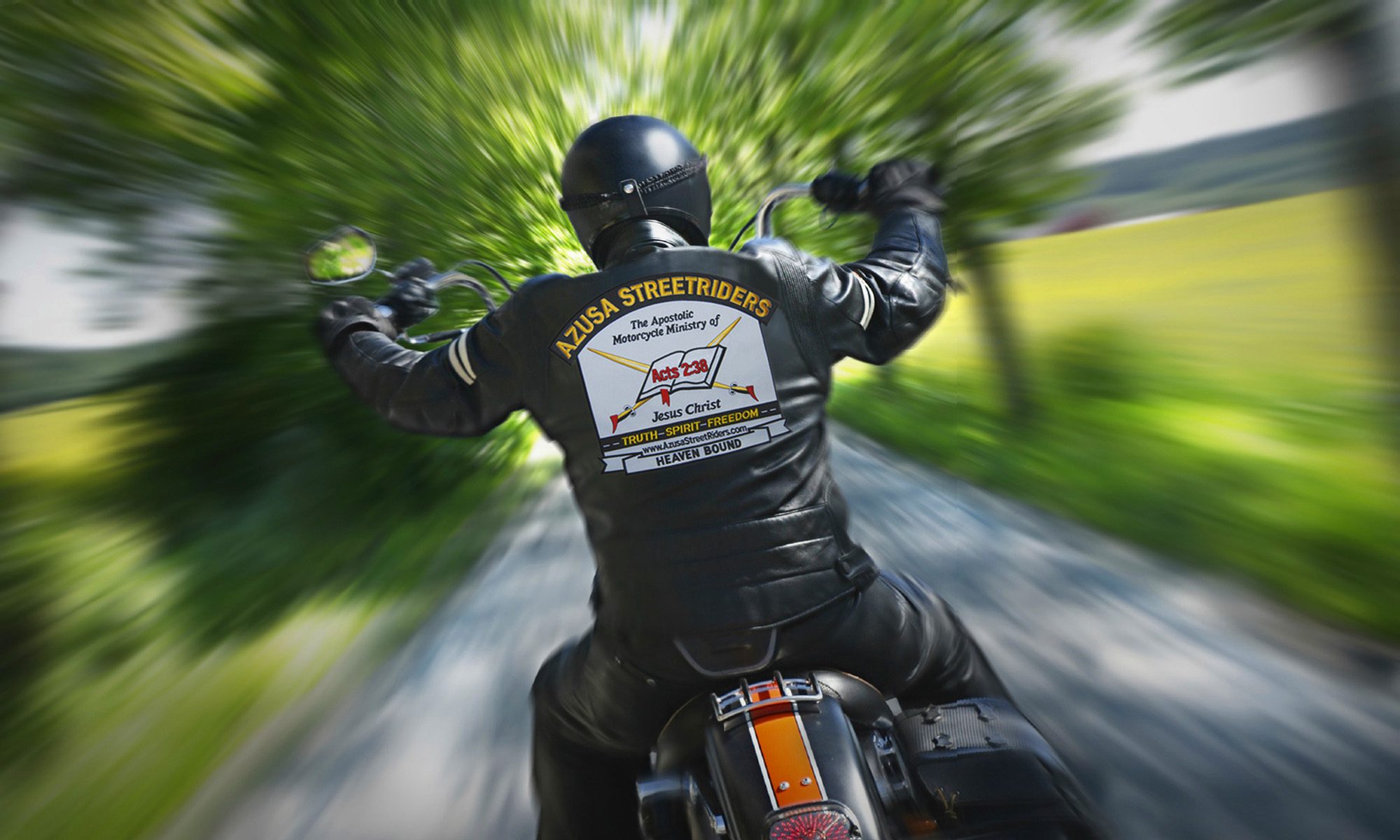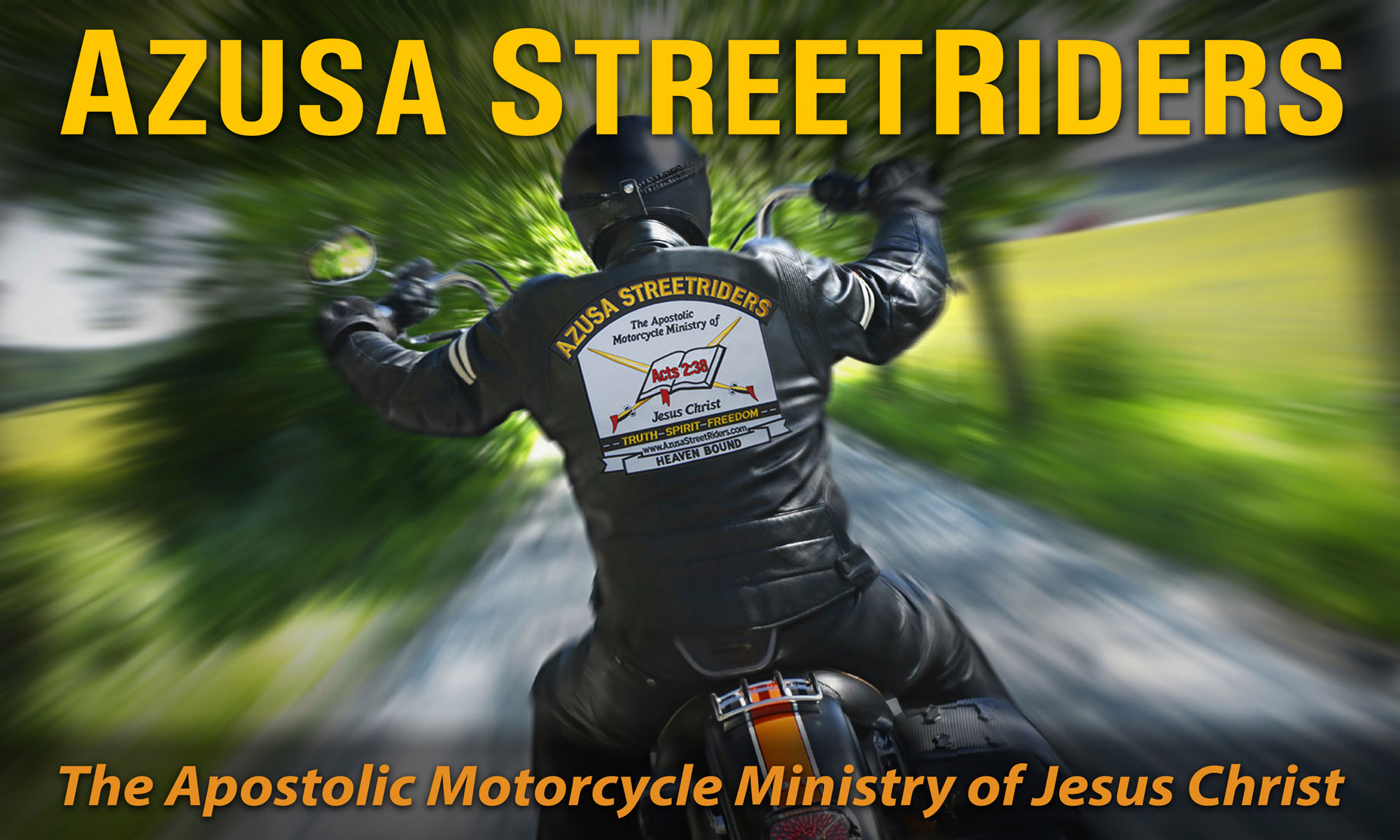
Rally-August 1st-4th
Biker Sunday-August 5th
Host Church:
Pentecostal Community Church (Pastor Scott Ardary) 5348 Peck rd. (Rt 6) Jefferson, OH 44047ALL BIKERS AND THEIR FAMILIES ARE WELCOME TO JOIN US!!!
There will be three Host hotels right by each other The Hampton Inn (there is only 1 king bed room left). Residence Inn by Marriott(there are still rooms available at this time). We have added 10 more double rooms at the Fairfield Inn for the discounted 99.00 room rate.
Rooms are blocked off under the name ”ASR National Rally” You must let receptionist know when you book your room to receive your discounted rate.
Fairfield Inn
1860 Niles Cortland Rd. SE
Warren, OH 44484
330-544-5774
Room type-Double room
10 rooms blocked off at a discounted rate of 99.00 a night.
Hampton Inn & Suites
5581 Youngstown-Warren Road
Niles, Ohio 44446
330-652-1277
Room Type
Queen and King rooms
20 Rooms are blocked off at a discounted rate of $99.00 a night. (There is only 1 king bed room left)
Residence Inn by Marriott
5555 Youngstown-Warren Road
Niles, Ohio 44446
330-505-3655
Room Type
One Bedroom Suite there are 10 of these rooms blocked off
Studio Room there are 10 of these rooms blocked off
20 rooms are blocked off here at the discounted rate of $109 a night.
The Residence Inn is connected to our mall so if the need arises for a shopping trip.
If you have any problems with booking your room contact Michael Theodore 330-720-0440 blueknight1703@aol.com
Other hotels in the area:
Days Inn 1300 Youngstown Warren Rd. Warren, OH 44446 330-544-1301
Econo Lodge 4258 Youngstown Warren Rd. Warren, OH 44484 330-369-4100
Holiday Inn Express & Suites 135 Highland Terrace Blvd. Warren, OH 44484 330-544-8807
Meet & Greet will be at the Residence Inn by Marriott from 3 PM to 6 PM on August 1. There is a huge room set up for our ASR fellowship and food will be provided.
Wednesday service begins at 7:00PM.
Thursday pre service prayer starts at 7 PM. Service begins at 7:30. Guest speaker is Missionary Dwayne Abernathy from Belize
Friday pre service starts at 7:00 PM. Service begins at 7:30. Guest speaker is Reverend David Bounds from Parkersburg, WV
Saturday Business meeting at 8 AM for Coffee & Donuts. 9 AM starts meeting. Lunch will be served following the business meeting.
Sunday is 9th Annual Biker Sunday in Memory of Michael Theodore Jr. Service starts at 10:00AM Guest Speaker is Reverend David Bounds.
Ride to follow after service.
ASR Fellowship Outreach Rides
Thursday Kickstands up at 10 AM sharp
Friday Kickstands up at 10 AM sharp
Azusa StreetRiders members registration will be 25.00 for Adults which includes: ASR rally pin, name tag, Saturday morning snack and lunch.
With the website under construction at this time you can contact Sis Theodore at laureen.theodore@azusastreetriders.com or call 330-720-4382 for pre registration and payment.
Michael Theodore
National Road Captain
Ohio Coordinator



